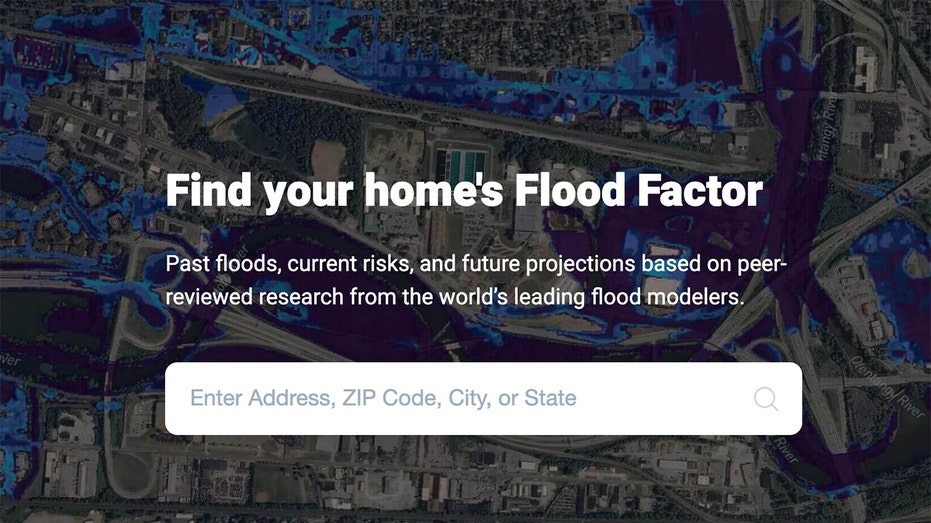

No BFEs or depths are shown within these zones. Zones B, C and X correspond to areas outside the 100-year or 1%-annual-chance floodplains, areas of 100-year sheet flow flooding with average depths less than 1 foot, areas of 100-year stream flooding where contributing drainage areas are less than 1 square mile, or areas protected from the 100-year or 1%-annual-chance flood by levees. Mandatory flood insurance purchase requirements and floodplain management standards apply. Because detailed hydraulic analyses have not been performed, no Base Flood Elevations (BFEs) or flood depths are shown. Zone V corresponds to areas along coasts subject to inundation by the 1-percent-annual-chance flood event with additional hazards associated with storm-induced waves. Base Flood Elevations (BFEs) derived from detailed hydraulic analyses are shown. Zone VE and V1-30 corresponds to areas subject to inundation by the 1%-annual-chance flood event with additional hazards due to storm-induced velocity wave action. Average flood depths derived from detailed hydraulic analysis are shown within this zone. Zone AO corresponds to areas of the 100-year, or 1% annual chance, shallow flooding (typically sheet flow on sloping terrain) where average depths are between 1 and 3 feet. BFEs derived from detailed hydraulic analysis are shown at select intervals within this zone. Zone AH corresponds to areas of the 100-year, or 1% annual chance, shallow flooding with a constant water-surface elevation (usually areas of ponding) where average depths are between 1 and 3 feet. Usually, BFEs derived from detailed hydraulic analysis are shown at select intervals within this zone. Zone AE and A1-A30 corresponds to 100-year, or 1% annual chance, floodplain that is determined in the Flood Insurance Study by detailed methods. Detailed hydraulic analysis is not performed for such areas, and no Base Flood Elevation (BFE) or depth is shown for this zone. Zone A corresponds to the 100-year, or 1% annual chance, floodplain determined by approximate methods. Areas subject to inundation by the 500-year flood (0.2%-annual-chance flood).


If you cannot find what you are looking for in FEMA's resources, contact your community's local floodplain administrator. In terms of local floodplain management programs, possession and use of the appropriate FEMA floodplain map(s) and Flood Insurance Study is a participation requirement for all communities in the National Flood Insurance Program. In Ohio, ODNR Division of Water Resources is the State Coordinator of the National Flood Insurance Program. The Federal Emergency Management Agency (FEMA) administers the National Flood Insurance Program and publishes flood maps and supporting flood insurance studies for over 750 communities in Ohio for the purpose of identifying areas at risk of the 1%-annual-chance flood, or base flood. Fall 2022 DNAP eNews - Prairie Restoration.


 0 kommentar(er)
0 kommentar(er)
